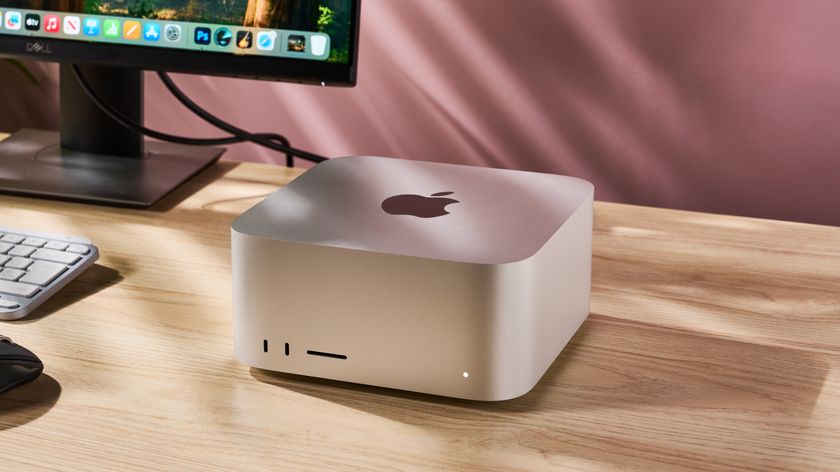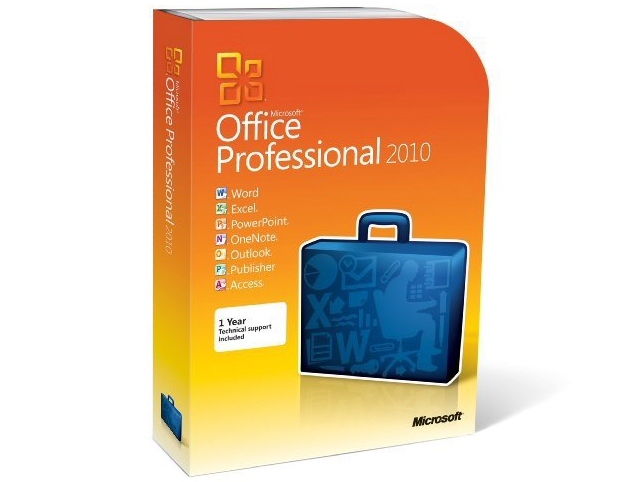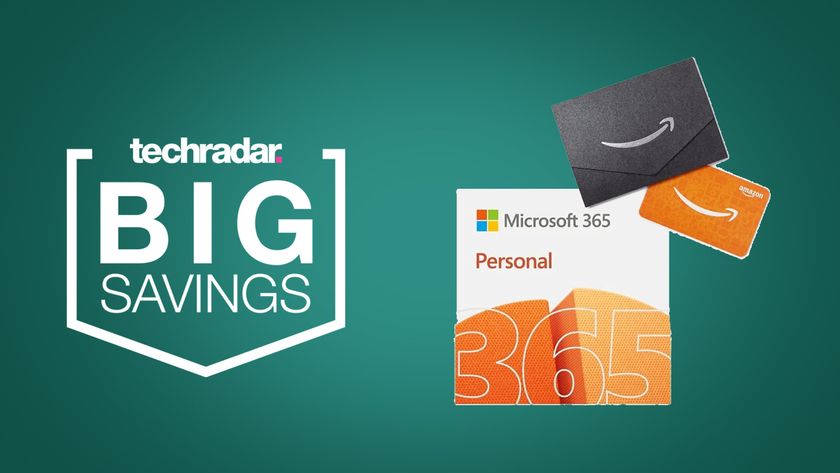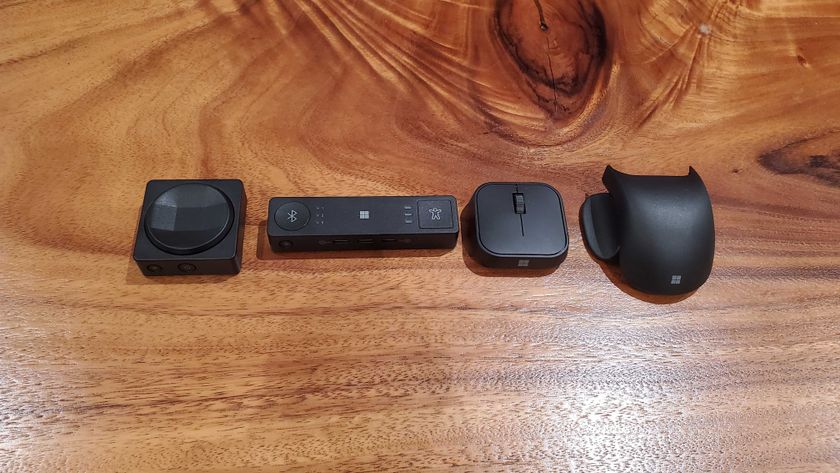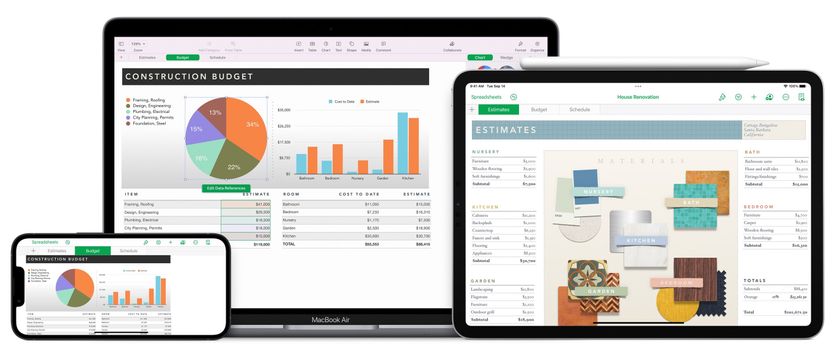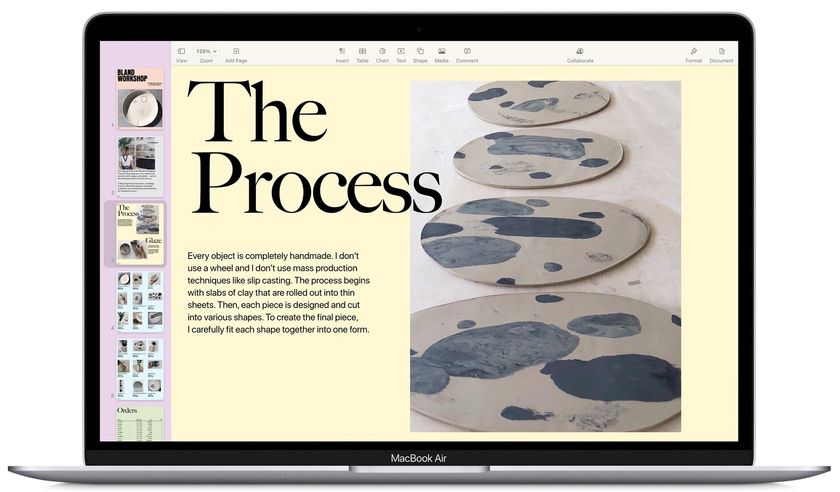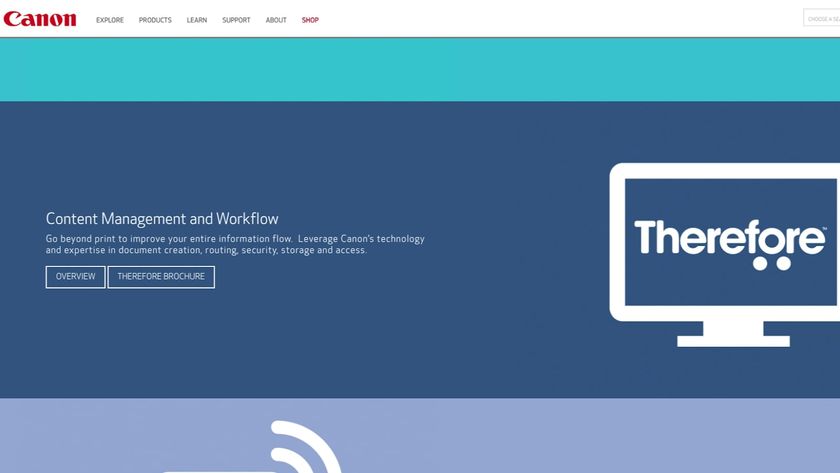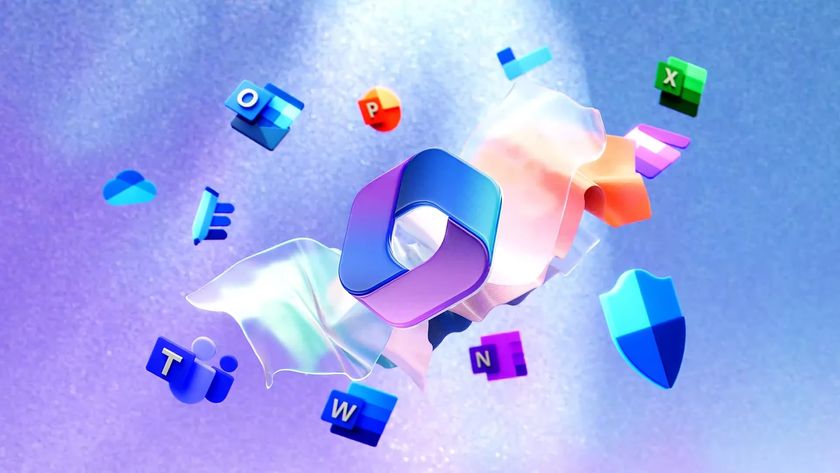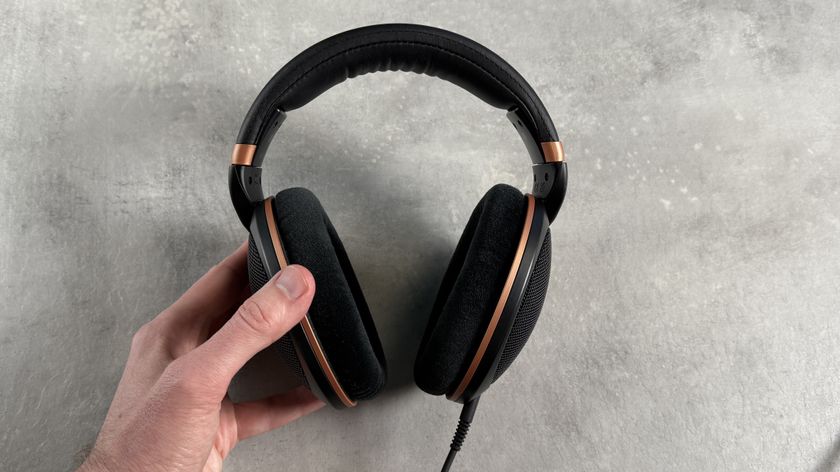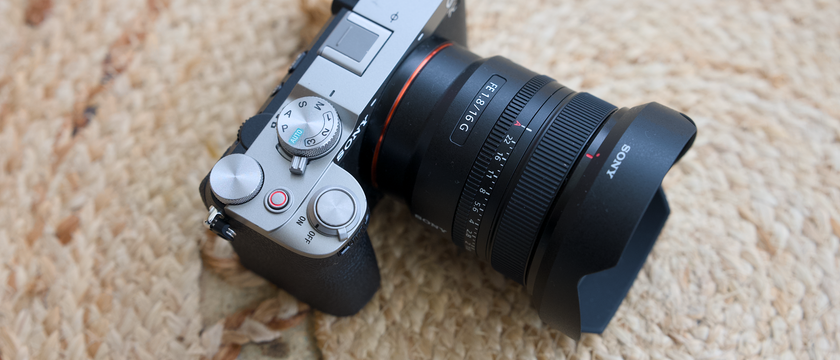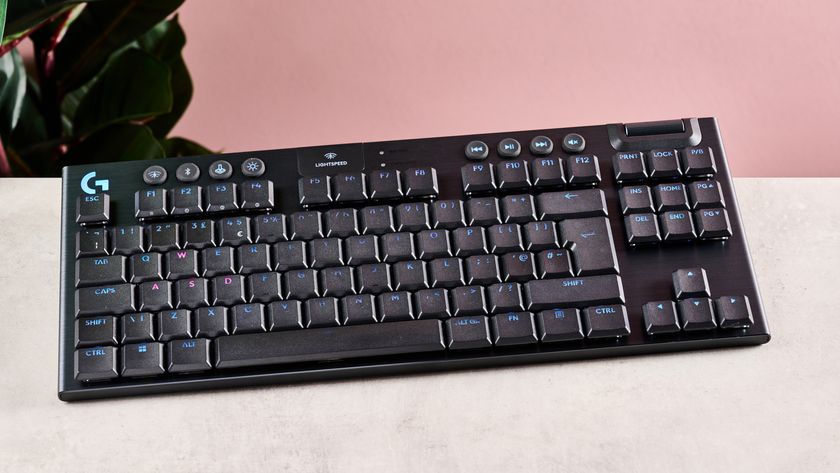TechRadar Verdict
Pros
- +
Faster performance
- +
Outlook search improved
- +
Customisable ribbon
- +
Picture tools are great
- +
Easy cloud access
- +
Skydrive integration
Cons
- -
Ink still an image
- -
Excel anchored in one window
- -
No trimming web video in PowerPoint
Why you can trust TechRadar
Like Windows 7, Microsoft Office 2010 has been available in beta so long and so publicly (and has run so reliably) that the actual launch might almost seem an anti-climax.
Around 7.5 million people have downloaded various versions of it, and the Office team has had 650,000 individual feedback reports - and those have changed things, particularly in Outlook and OneNote.
Office 2010's UK release date is 12 May (although large businesses and developers can get Office Standard and Professional Plus 2010 already) and three versions, Office Home and Student 2010, Office Home and Business 2010, and Office Professional 2010, will be in the shops in June.
Microsoft Office 2010 prices:
- Home and Student: £109.99
- Home and Business: £199.99
- Professional: £429.99
That's also when the free Word, Excel, PowerPoint and OneNote web apps will be available on Windows Live.
They have fewer features than the desktop apps, but they mean you can view and edit Office documents on any machine, you can use them to co-author documents online, and you can keep a OneNote notebook online and work on it in the desktop OneNote app at the same time as a friend or colleague.
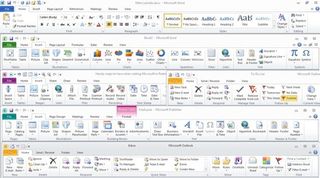

RIBBON: All the Office apps now have the ribbon interface and an updated version of the Office menu (called Backstage, but opened from a tab marked File because that's what people look for)

The Home and Student version of Office includes Word, Excel, PowerPoint and OneNote; Home and Business adds Outlook. Professional, which we review here, gives you Word, Excel, PowerPoint, OneNote, Outlook, Access and Publisher.
Whichever version of Office you get, you're getting something you didn't get before: OneNote and the web apps in all the versions, Publisher in the Professional version.
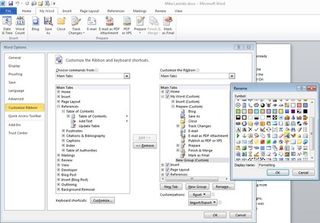

RIBBON: Create your own tabs on the ribbon, add tools and pick an icon to use for the dropdown if there isn't enough space to show all the icons individually

There's also a cheaper academic version of Office Professional, but the best way for most people to save money is to get the Home and Student version - or instead of paying for the box and the media, buy a product keycard with the licence number to unlock a pre-installed copy of Office Starter on a new PC.
Office Starter is the basic version of Word and Excel that ships on new PCs. It doesn't have the References, Review and View tabs on the ribbon, it lets you edit tables of contents and smart art that's already in a document but it doesn't let you create them from scratch and you can't create pivot tables in Excel. It does have task panes - and it always has a little ad for Office in the corner.
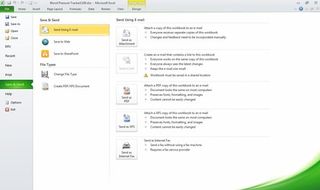

BACKSTAGE: The Backstage menu is one place for all the things you might want to do with your document, explained in handy detail

It's very much a replacement for Works - or for WordPad - and if you want the full new feature set of Office 2010 then you want one of the full versions.
The question is, with free apps like OpenOffice, free online apps like Google Docs - and the free Office web apps themselves - what do you get from Office 2010, and do you want it?
Current page: Microsoft Office 2010: Overview
Next Page Microsoft Office 2010: Word reviewMary (Twitter, Google+, website) started her career at Future Publishing, saw the AOL meltdown first hand the first time around when she ran the AOL UK computing channel, and she's been a freelance tech writer for over a decade. She's used every version of Windows and Office released, and every smartphone too, but she's still looking for the perfect tablet. Yes, she really does have USB earrings.


